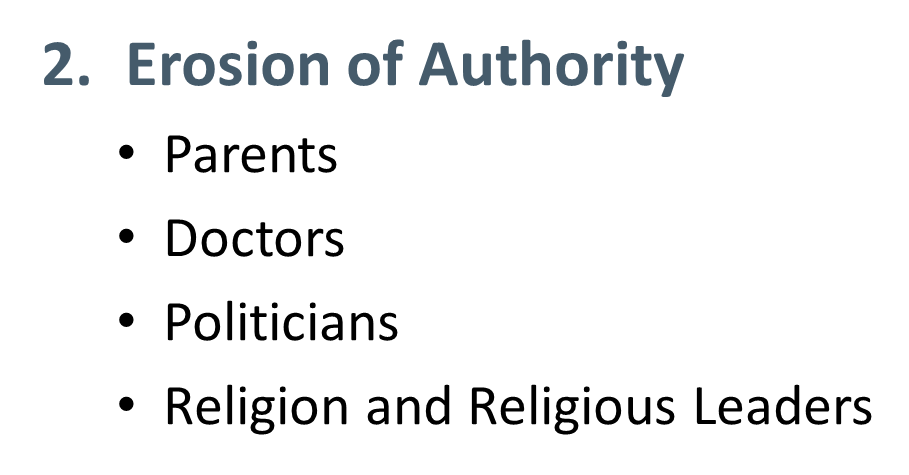Studying
1/63
There's no tags or description
Looks like no tags are added yet.
Name | Mastery | Learn | Test | Matching | Spaced |
|---|
No study sessions yet.
64 Terms
Society
A number of people who interact, usually in a defined territory, and share a culture.

Dominant culture
Helps rich and powerful categories of people exercise control over others.

Culture
The sum of socially transmitted practices, languages, symbols, beliefs, values, ideologies, and material objects that people create to deal with real-life problems.


Subordinate culture
Contests dominant culture to varying degrees

What are the three steps of the Sapir Wharf Thesis
Experience - Coneptualization - Verbalization
Ethnocentrism

The tendency to judge other cultures exclusively
by the standards of our own culture.

Multiculturalism

•Policy that reflects Canada’s ethnic diversity in the past and enhances its ethnic diversity today.
•All members of Canadian society are free to preserve, enhance, and share their cultural heritage.
•Multiculturalism is an invaluable resource in the shaping of Canada’s future.

Melting Pot

•The opposite of multiculturalism.
•The idea of contribution from a variety of sources.
•Homogenization
•The problem of power

Modernism

1.Belief in the inevitability of progress
2.Respect for authority
3.Consensus around core values

Postmodernism

1.Blending Cultures
•A mixing of diverse elements from different
times and places.
2.Erosion of Authority
•Parents
•Doctors
•Politicians
•Religion and Religious Leaders
3.Instability of Core Values
Rapid value shifts and decline of consensus in many areas:




Rationalization

The application of the most efficient means to achieve given goals and the unintended, negative consequences of doing so.
•Term coined by Max Weber
•One of the most constraining aspects of contemporary culture
•Makes life akin to living inside an “iron cage”

Consumerism

The tendency to define ourselves in terms of the goods and services we purchase (e.g., ‘we are what we wear’).
Subculture

A set of distinctive values, norms, and practices within a larger culture.

Countercultures

Subversive subcultures that oppose dominant values and seek to replace them.
Socialization
is a learning process that involves development or changes in the individual’s sense of self

Primary socialization

the socialization that occurs during childhood

Secondary socialization

the socialization that occurs later in life

Determinism

¨refers to the degree to which a person’s behaviour, attitudes, and other personal characteristics are determined or caused by a specific factor

Biological determinism

¨states that the greater part of who we are is determined by our roughly 26,000 genes

Behaviourism

a school of thought in psychology that takes a strong cultural determinist position

¤Behaviourists believe that any behaviour can be taught and learned
¤Much of who we are, behaviourists would argue, is a consequence of how previous behaviour was reinforced
Thorndike calls this the law of effect

¨Sigmund Freud (1856–1939) believed that the mind had three parts:

¤Id: represents our unconscious instinctive drives:
Eros (life) and thanatos (death)
¤Superego: represents our conscience
It develops from the moral messages that our socializing agents present to us
¤Ego: mediates between the conscious and the unconscious while trying to make sense of what the individual self does and thinks

Agency

¨is the capacity to influence what happens in one’s life

Agents of socialization

¨groups that have a significant impact on one’s socialization
¤For example: family, peers, neighbourhood/community, school, mass media, the legal system, one’s own culture

Significant others

¤individuals, primarily family and friends, after whom young children imitate and model themselves

Generalized others

¤: the attitudes, viewpoints, and general expectations of the society into which the child is socialized

Mead argued that there is a three-stage process in the socialization of a child

¤Preparatory stage: involves the imitation of others
¤Play stage: pretend play occurs; the child engages in role-taking
¤Game stage: the child is able to simultaneously perceive several roles

Charles Cooley (1864–1929) introduced the concept of the looking-glass self as an explanation of how the self develops. There are three components in the process

¤How you imagine you appear to others
¤How you imagine those others judge your appearance
¤How you feel as a result

What is the first agent of socialization
Family
Peer group

¨can be defined as a social group that shares key social characteristics such as age, social position, and common interests

Peer pressure

refers to the social force exerted on an individual by his or her peers to conform to behavior, appearance, or externally demonstrated values

Observational learning theory


children acquire aggressive scripts for solving social problems by watching their heroes act in that way
Desensitization theory

increased exposure to violence on television numbs our natural negative reaction to it

Narrow socialization

¤obedience and conformity to community standards are paramount; deviants will be severely punished

Broad socialization

¤individualism and independence are promoted; there is allowance for a broad range of behaviors

Resocialization

¨the process of unlearning old ways and learning new ways upon moving into a significantly different social environment
¤Resocialization can be either voluntary or involuntary

Voluntary resocialization

¨occurs when someone starts school, changes schools, starts a new job, retires, undergoes a religious conversion, etc.
¤This type of resocialization is often marked by a rite of passage, a ritual or ceremony signalling a change of status

Involuntary resocialization

¨occurs when someone is forced to change
¤Total institutions resocialize by regulating all aspects of a person’s life (e.g., prisons, military, residential schools)
One process used in total institutions to resocialize is the degradation ceremony
rite of passage where a person’s identity is stripped away (e.g., in prison a person’s name is replaced with a number)

Hazing
resocializing new members of a group or organization such as a university fraternity or sports team

The Internet and Internet Silos

¨Identity focused internet “feeds” oriented to constructing a particular sense of self.
¨Internet mediated interaction.
¨Internet “menus” of identity
¨Internet presentations of self
¨Internet “others”.
¨Internet sanctions.

egoistic suicide
the type of suicide that results from a lack of integration of the individual into society because of weak social ties to others.
anomic suicide
the type of suicide that occurs when norms governing behavior are vaguely defined.
dysfunctions
effects of social structures that create social instability.
manifest functions
visible and intended effects of social structures.
latent functions
less visible and unintended effects of social structures.
social classes
positions people occupy in a hierarchy that is shaped by the source or amount of their income and wealth.
class conflict
the struggle between classes to resist and overcome the opposition of other classes.
conflict theory
the conjecture that tensions underlie social structures and under certain conditions can burst into the open and cause social change.
class consciousness
awareness of being a member of a social class.
functionalist theory
conjecture based on the notion that social structures based mainly on shared values contribute to social stability and thus govern human behaviour.
social solidarity
a property of social groups that increases with the degree to which a group’s members share beliefs and values, and the frequency and intensity with which they interact.
rate
number of times something happens in a given period per 100000 members of the population.
cultural hegemony
the control of a culture by dominant classes and other groups to the point where their values are universally accepted as common sense.
symbolic interactionism
a school of thought that examines how various aspects of social life convey meaning and thereby assist or impede communication.
protestant ethic
the sixteenth and seventeenth century belief that religious doubts can be reduced and a state of grace assured if people work diligently and lived modestly. According to Weber the protestant ethic had the unintended effect of increasing savings and investment thus stimulating capitalist growth.
Poststructuralism
a school of thought that originated in mid twentieth century France. It denied the stability of social relations and of cultures their capacity to always shape how people think and act and the tidy categorization of social and cultural elements as binary opposites.
Conflict theory
Holds that (1) human behaviour is governed by social structures, (2) social structures are characterized by inequalities of wealth and power, and (3) member of privileged and subordinate groups engage in a continuous struggle to increase their advantages, one at the expense of the other, so social structures sometimes rupture and transform.
Reactivity
The tendency of people who are being observed by a researcher to react to the presence of the researcher by concealing certain things or acting artificially to impress the researcher.
Participant observation
A type of field research that involves carefully observing peoples face to face interaction and participating in their lives over a long period thus achieving a deep and sympathetic understanding of what motivates them.
Caste
hereditary class authorized by religion.
Cultural relativism
The belief that all cultures have equal value.
Role
A set of behaviors expected of a person occupying a particular position in society.
Anticipatory socialization
Learning the norms and behaviours of the roles to which one aspires.
Hidden Curriculum
Teaches students what will be expected of them as conventionally good citizens once they leave school.